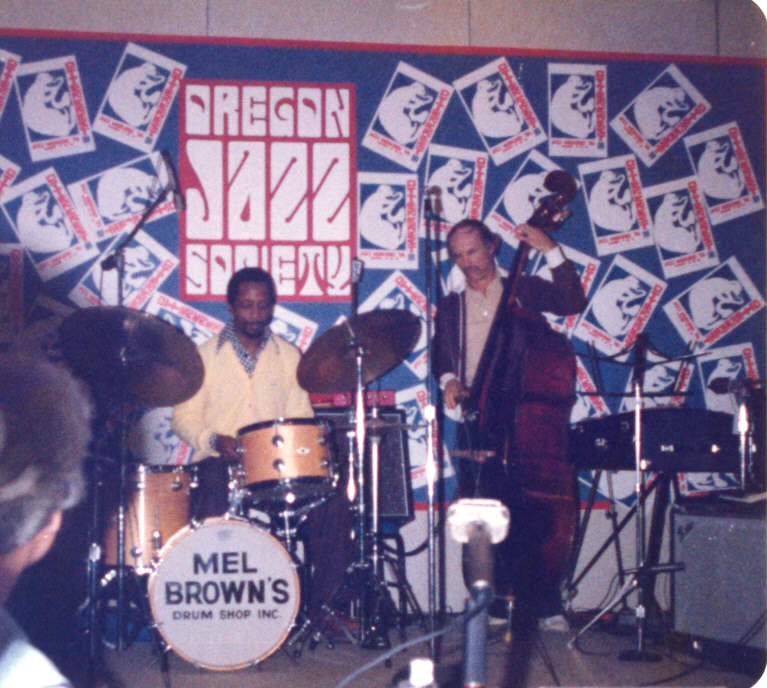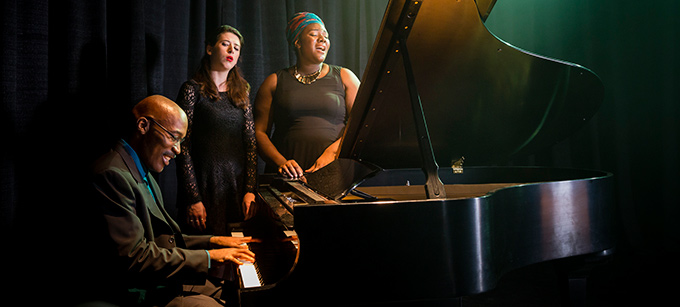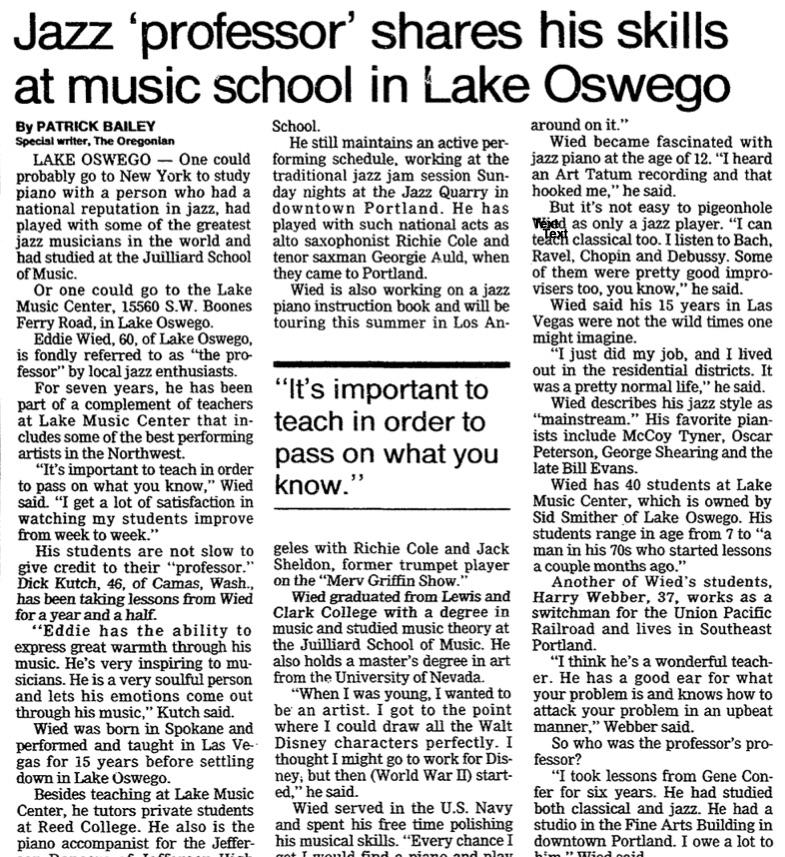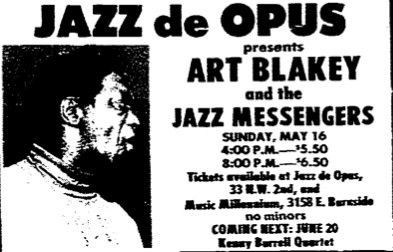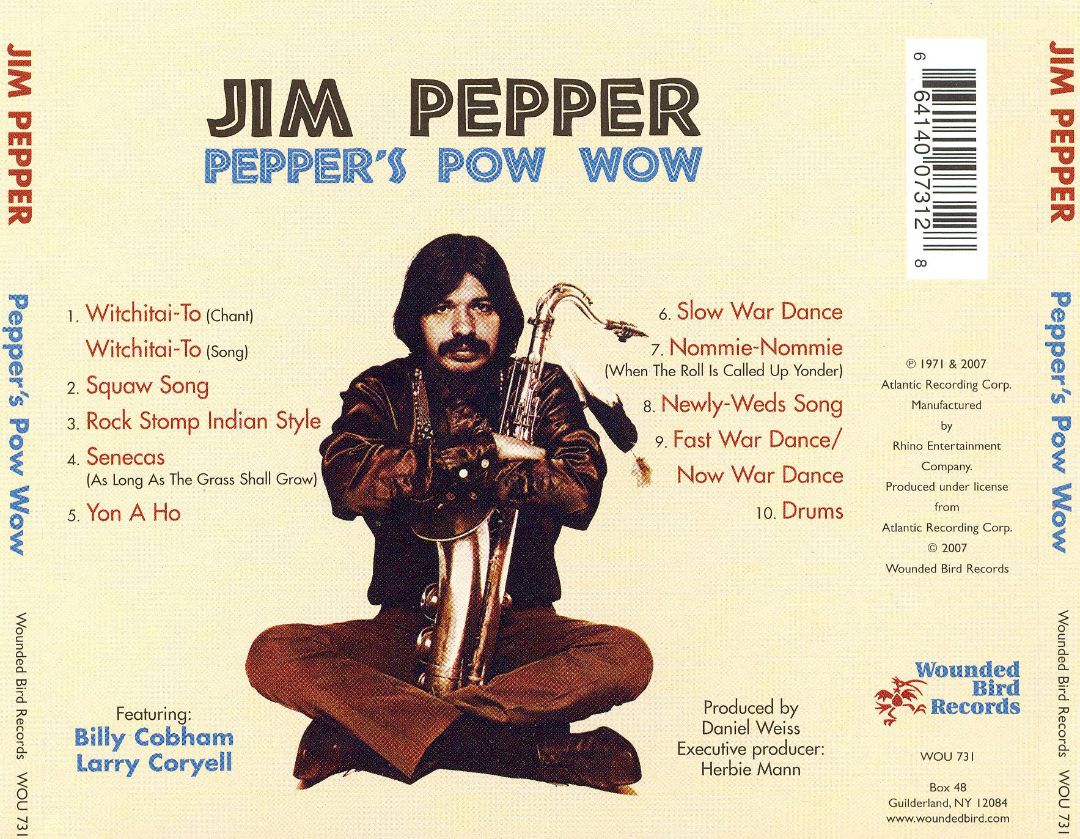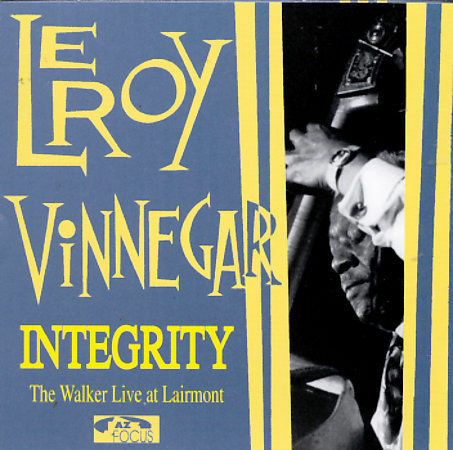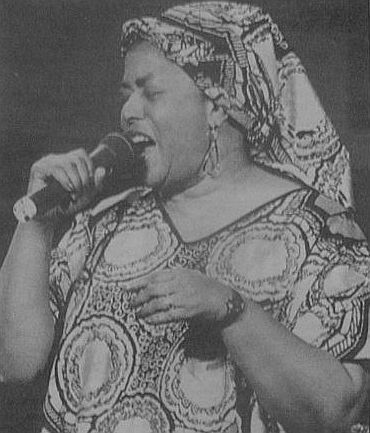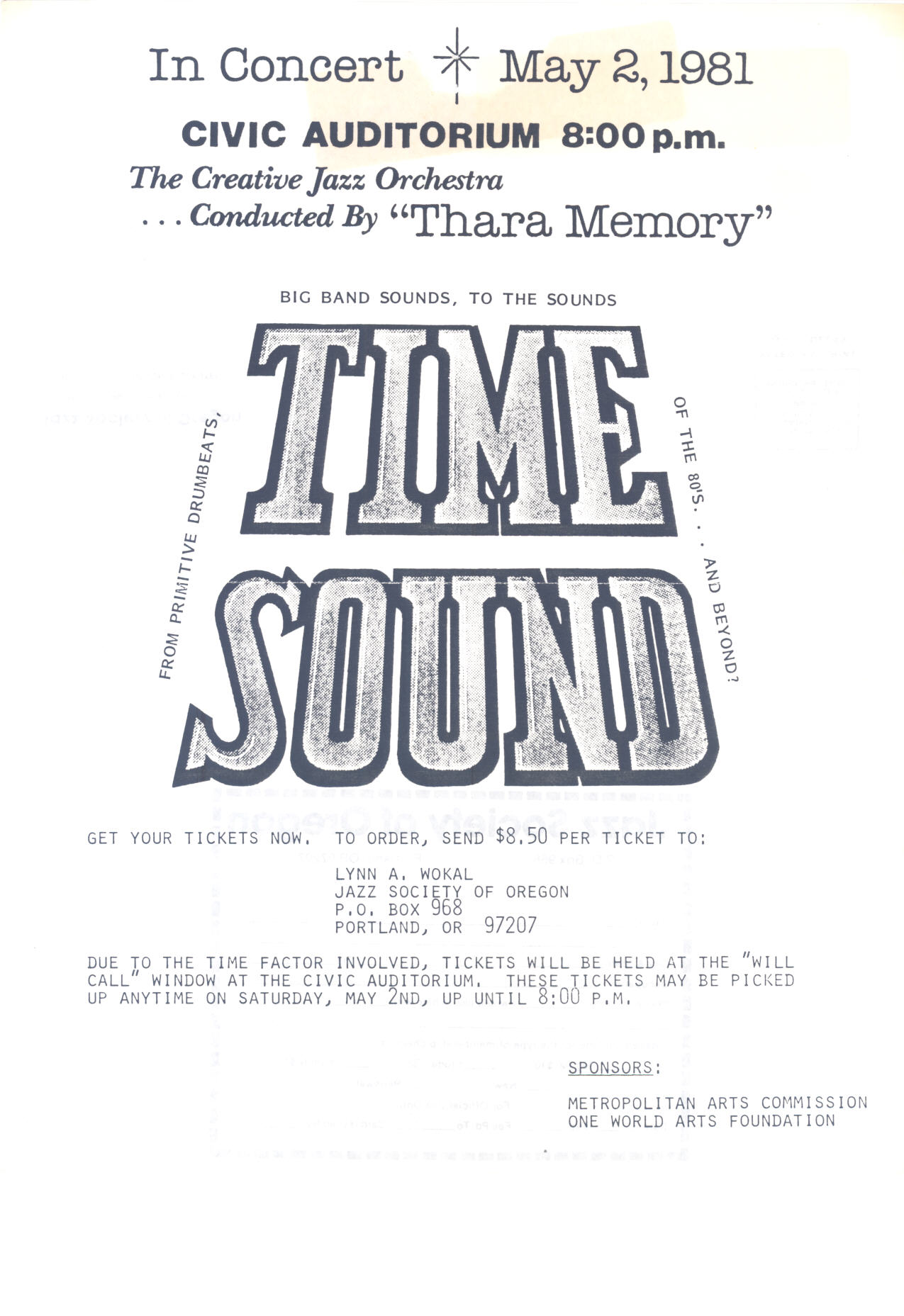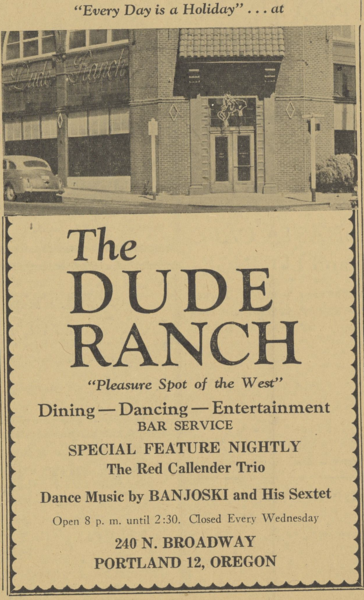If one had to choose a single musician to represent the history of jazz in Portland, it would be drummer and bandleader Mel Brown. One of the most active, influential, and respected artists in the area jazz scene since the 1970s, Brown’s roots are in Portland’s historic jazz district that flourished along Williams Avenue in the 1940s and 1950s. Just as he was brought into jazz as a teenager, he helps train and nurture later generations of musicians. Brown is a master of the hard bop style, associated with drummer and bandleader Art Blakey, as well as straight-ahead bebop and soul jazz styles.
Brown’s accomplishments transcend local fame. He was part of the Motown Records’ stable of sidemen in the 1960s and early 1970s, and he was a member of the touring band of former Supremes lead singer Diana Ross in the 1970s and early 1980s. But the stage named for him at Jimmy Mak’s, a Portland nightclub, testifies to Brown’s definitive status in his hometown.
Born and raised in Northeast Portland’s African American neighborhood, where he attended Eliott grade school and excelled at sports, Brown began learning his craft from local musicians. “When I was in high school,” he recalled in a 1981 interview, “Bobby Bradford and Cleve Williams would wait for me after school, and they’d show me how to set up certain figures with the Walter Bridges Big Band…. that kind of teaching was what everybody did … because they were helped that way themselves.”
By age fifteen, Brown, a member of the Portland Junior Symphony, was teaching other students at Washington High School. He attended Portland State University on a music scholarship, continuing his classical training while playing jazz on the side with Billy Larkin and the Delegates. Their album, The Pigmy, was his first recording.
While working in Vancouver, B.C., in 1967 with guitarist Tommy Chong (later a co-star of the Cheech and Chong movies), Brown was hired by Martha Reeves of the Motown group, Martha and the Vandellas (he plays on Martha and the Vandellas Live). That led to a contract with Motown Records, and Brown worked and recorded with The Temptations and other stars (The Temptations Live at the Talk of the Town; The Temptations Live at the Copacabana; TBC, with the Temptations and the Supremes; The Magnificent Seven, with the Supremes and the Four Tops; and The Bittersweet, with The Main Ingredients). Though he became a top soul drummer, Brown never achieved popular recognition. “I just work with people who are considered stars,” he said. “I have a job.” At that time, Motown did not print the names of sidemen like Brown on album covers.
Brown re-established a permanent residence in Portland in 1973 and was instrumental in a resurgence of live jazz in the city. In 1979, he formed a trio with high-school-aged pianist George Mitchell and college freshman Phil Baker on bass. Soon he was taking them on tour with Diana Ross and passing on to them the history he had learned from older players. “I enjoy passing on some knowledge,” he said about the teaching that comprised a large part of his work at the time. “It was passed on to me, so it’s my job to pass it on to the younger player. … But one of the stipulations I make is that if somebody comes to a student of mine and wants some answers, I want it passed on to them.”
From 1978 through the mid-1980s, Brown toured with Ross, and he owned The Mel Brown Drum Shop on Southeast Grand Ave. until 1984. He later operated a bookkeeping service, Metropolitan Accounting and Tax, while maintaining a full music schedule at night. In the 1990s, he became a member of the board of directors of the Mt. Hood Jazz Festival and began the Mel Brown Summer Jazz Workshop for student musicians. He was named to the Jazz Society of Oregon Hall of Fame in 1999 and has performed several times with the Oregon Symphony.
Musically, Brown remains the most visible face of jazz in Portland. In the 1980s, he began building the Mel Brown Sextet, which performed regularly at The Hobbit in southeast Portland and reached its peak with a 1989 recording, Gordon Bleu: The Mel Brown Sextet Plays the Music of Gordon Lee, and a performance at the Playboy Jazz Festival in Los Angeles. He also began working with the legendary Los Angeles transplant and bassist Leroy Vinnegar, and developed a Hammond B-3 organ quintet that helped launch a revival of soul jazz in Portland. Brown continued using those three formats in the years that followed, primarily at Jimmy Mak’s, whose music policy he helped shape.
Brown consistently employs the top players in Portland, including those with national experience and recordings of their own, such as pianist Lee, guitarist Dan Balmer, saxophonist Renato Caranto, and trumpeter Thara Memory. But he has always been the center of his groups, his smile their engaging focus. With the swing feel of classic drummers such as Jo Jones, colorful cymbal work, dramatic press rolls, and an entertainer’s sense of timing, Brown is a consummate extrovert modernist. He has appeared on many albums by Portland jazz musicians, as well as on Mister Groove (2000) and Live at Salty’s (2008).
Brown lives in Portland and continues to perform and run Metropolitan Accounting and Tax. He also holds the annual Mel Brown Jazz Camp at Western Oregon University.
-
![]()
Mel Brown and Monty Budwig.
Courtesy Oregon Hist. Soc. Research Library, Jazz Society of Oregon collection
Related Entries
-
![Darrell Grant (1962–)]()
Darrell Grant (1962–)
A pianist, vocalist, composer, and educator, Darrell Grant arrived in P…
-
![Eddie Wied (1925 - 2007)]()
Eddie Wied (1925 - 2007)
Known as “the Professor,” jazz pianist Eddie Wied was an influential te…
-
![Esperanza Spalding (1984-)]()
Esperanza Spalding (1984-)
Esperanza Spalding’s fierce talent in double bass and vocal work earned…
-
![Jazz de Opus]()
Jazz de Opus
One of the definitive nightclubs in the Portland jazz scene, Jazz de Op…
-
![Jim Pepper (1941-1992)]()
Jim Pepper (1941-1992)
Tenor saxophonist Jim Pepper was an internationally recognized and infl…
-
![Leroy Vinnegar (1928 – 1999)]()
Leroy Vinnegar (1928 – 1999)
Though he spent only the last thirteen years of a long career in Portla…
-
![Marianne Mayfield (Hill) (1936-2004)]()
Marianne Mayfield (Hill) (1936-2004)
During more than thirty years on the Portland jazz scene, singer and ba…
-
![Thara John Memory (1948-2017)]()
Thara John Memory (1948-2017)
Thara John Memory was a trumpet player, composer, educator, and activis…
-
![The Dude Ranch]()
The Dude Ranch
The Dude Ranch was Portland’s premier jazz venue in the days just after…
Related Historical Records
Map This on the Oregon History WayFinder
The Oregon History Wayfinder is an interactive map that identifies significant places, people, and events in Oregon history.
Further Reading
Darroch, Lynn. "Bringing History into the Jazz Business - Mel Brown in Portland." 5/4 Magazine (September, 1996): 4.
Darroch, Lynn. "Mel Brown: Straightahead." Northwest Magazine (August 12, 1984): 16.
Hughley, Marty. "Mel's Spell." The Oregonian, September 23, 1994.

